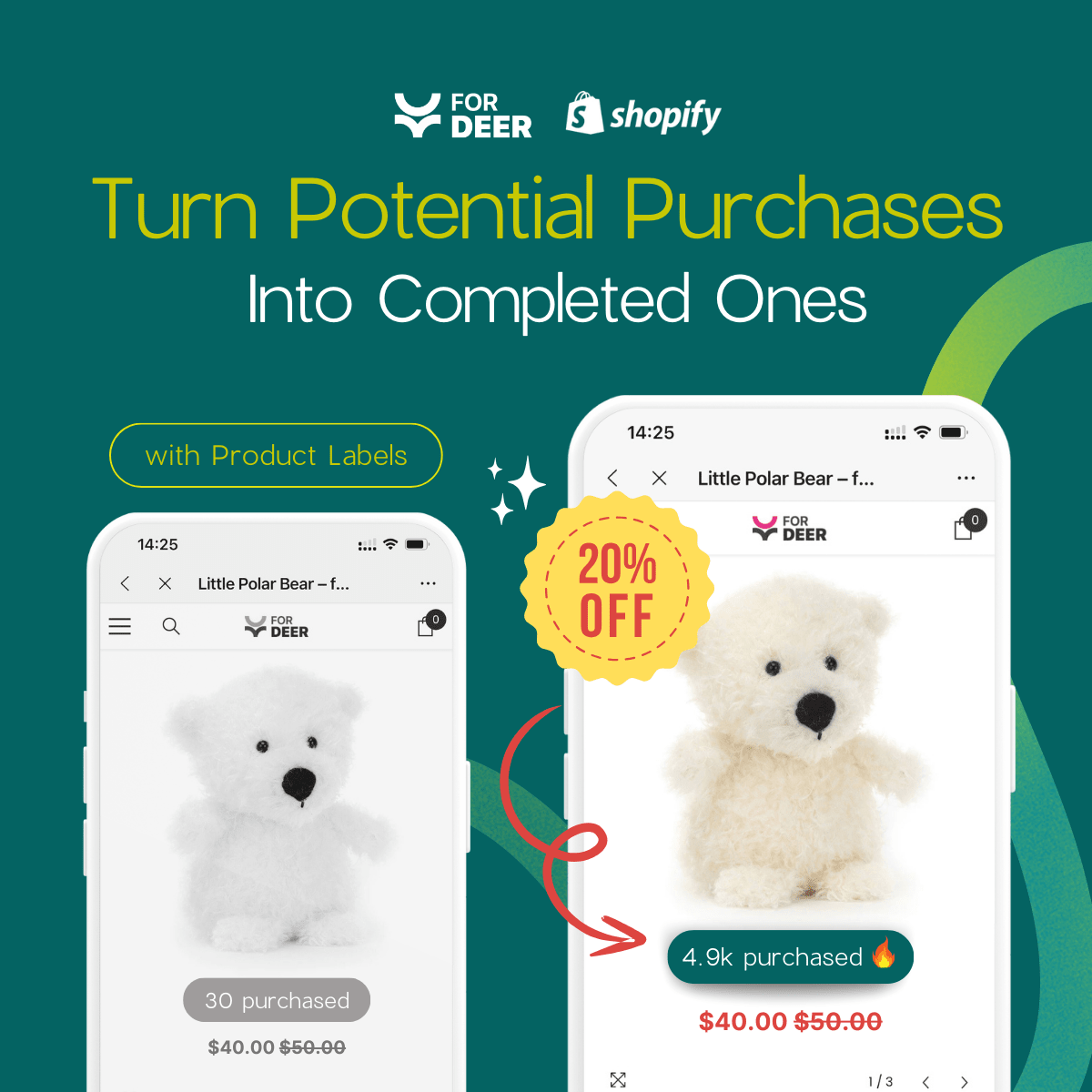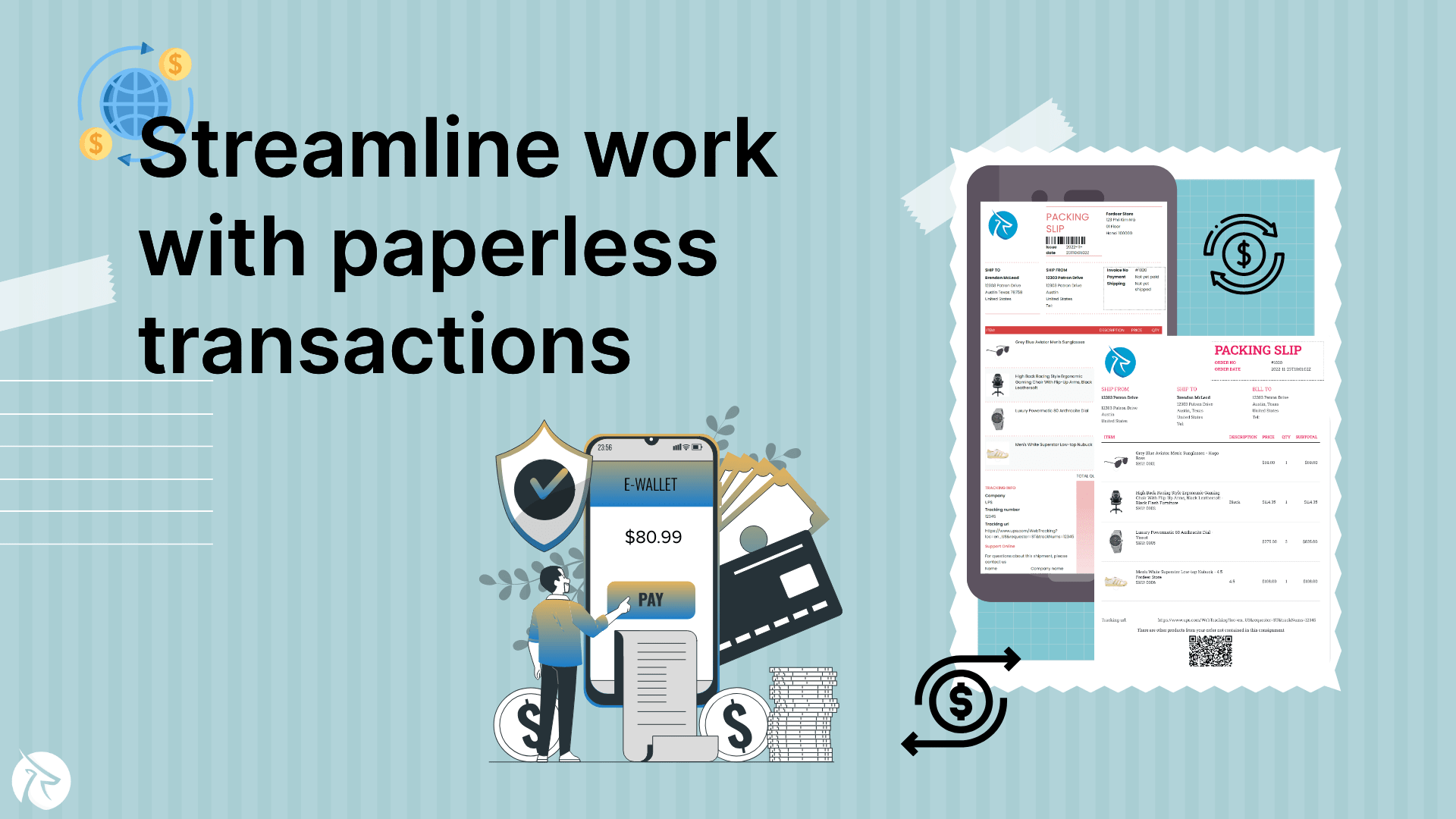Cracking the Code of User Experience (UX) for Your eCommerce Website

In the dynamic and fiercely competitive world of eCommerce, where countless websites vie for the attention and business of online shoppers, user experience (UX) reigns supreme. The power of exceptional user experience cannot be overstated.
In this comprehensive guide, Fordeer will delve deep into the world of eCommerce UX, exploring the fundamental principles, strategies, and cutting-edge trends that can help you crack the code of user experience for your eCommerce website.
Demystifying User Experience (UX)
Unpacking the Essence of User Experience in eCommerce
In the world of eCommerce, User Experience (UX) isn't just a buzzword – it's the cornerstone of your online success. UX encompasses the overall experience a visitor has when interacting with your website or online store. It's not limited to aesthetics but extends to functionality, performance, and the emotional response your site evokes.
Imagine stepping into a physical store where the layout is confusing, the products are scattered, and the staff is unhelpful. Chances are, you'd quickly leave in frustration, vowing never to return. The same principle applies to your eCommerce website. Visitors who encounter difficulties, slow loading times, or irrelevant content are likely to abandon their shopping carts and seek alternatives.
The Building Blocks of a Winning UX
To create a winning UX for your eCommerce website, you need to focus on several key building blocks:
Smooth Navigation and Intuitive Usability: Smooth navigation is the backbone of a positive UX. Your website should be easy to navigate, with clear menus and categories. Shoppers should quickly find what they're looking for, and the checkout process should be a breeze. Intuitive usability ensures that visitors of all tech-savviness levels can use your site without frustration.
Striking Visual Design and Layout: Visual design is the first impression your website makes on visitors. A visually appealing layout, harmonious color schemes, and high-quality imagery can captivate shoppers and build trust. Your design should also reflect your brand identity and create a cohesive and memorable shopping experience.
Turbocharging Site Speed and Performance: In the digital age, speed is paramount. Slow-loading pages can lead to high bounce rates and abandoned carts. Ensure that your site's performance is optimized for fast loading times, even on mobile devices. Every second counts in retaining potential customers.
Nailing Mobile Responsiveness: Mobile commerce is on the rise, and your website must be responsive to different screen sizes. A mobile-friendly design ensures that smartphone and tablet users have a seamless shopping experience. Features like mobile-friendly navigation and one-click buying can further enhance mobile UX.
Elevating Content Quality and Relevance: Content isn't just about product descriptions; it's about engaging and informing your audience. High-quality, informative content can help customers make informed decisions. Additionally, optimizing content for search engines (SEO) ensures that your products are discoverable, driving organic traffic.
The Bottom Line: Impact of UX on eCommerce Triumph
Turbocharging Conversions and Skyrocketing Sales
Exceptional User Experience (UX) in eCommerce is synonymous with revenue growth. When your website provides a seamless, engaging, and hassle-free shopping experience, it significantly boosts your conversion rates.
Visitors are more likely to turn into paying customers, and existing customers are more inclined to return for repeat purchases.
Imagine a scenario where a potential customer lands on your site, effortlessly finds the product they're looking for, and completes the checkout process without any hiccups. This is the result of a well-crafted UX strategy.
Fortifying Trust and Establishing Credibility
Trust is a precious commodity in the digital realm, and a top-notch UX plays a pivotal role in earning it. When your website exudes professionalism, reliability, and security, it instills confidence in visitors. This trust translates into credibility for your brand and products.
In an era where online scams and fraudulent websites are a concern, a website with a strong UX signals that you are a legitimate and trustworthy business. Customers are more likely to share their personal and payment information when they feel safe, and this trust is the foundation for long-term customer relationships.
Bid Farewell to Cart Abandonment Woes
Cart abandonment is a common challenge in eCommerce, but an optimized UX can help reduce this issue. By addressing common pain points such as complicated checkouts, unexpected costs, or lack of payment options, you can minimize cart abandonment rates.
A smooth and user-friendly checkout process, coupled with transparent pricing and multiple payment choices, encourages customers to follow through with their purchases. This translates into a direct impact on your bottom line, as every completed sale contributes to your revenue.
Cultivating Fierce Customer Loyalty
An exceptional UX is a magnet for customer loyalty. When customers have positive interactions with your website, they are more likely to return for future purchases. Moreover, satisfied customers often become advocates, sharing their experiences and recommendations with friends and family.
Repeat customers are a goldmine for eCommerce businesses. They typically spend more than first-time buyers and have a higher lifetime value. Investing in a stellar UX not only keeps your existing customers coming back but also attracts new ones through positive word-of-mouth and reviews.
Crafting a User-Centric eCommerce Odyssey
The User's Mind: Research and Personas
Comprehensive research into your target demographics, their preferences, behaviors, and pain points is crucial and this insight allows you to create user personas, representing different segments of your audience.
User personas are fictional characters that embody the traits, needs, and motivations of your typical customers. They serve as guiding beacons throughout the design and development process, helping you make user-centered decisions.
Blueprinting Brilliance: Wireframing and Prototyping
With a clear understanding of your users, it's time to translate your ideas into actionable plans. Wireframing and prototyping are essential steps in this process. Wireframes are skeletal, low-fidelity layouts that outline the structure and functionality of your eCommerce website. They provide a visual blueprint of the user interface, focusing on placement and arrangement of elements.
The Mobile Mandate: Responsive Design and Optimization
In the mobile-dominated landscape of eCommerce, responsive design is no longer an option; it's a mandate. Your eCommerce website must adapt seamlessly to various screen sizes and devices, ensuring a consistent and user-friendly experience for mobile users.
Mobile optimization extends beyond responsive layouts. It includes optimizing images and media for faster loading times, simplifying navigation for touchscreens, and ensuring that the checkout process is as smooth on mobile as it is on desktop. Ignoring mobile users can lead to a significant loss of potential customers, so prioritizing mobile UX is paramount.
Trial, Triumph, and Repeat: Testing and Iteration
The path to a user-centric eCommerce website involves continuous testing and iteration. User testing, usability studies, and A/B testing are indispensable tools for identifying pain points and areas of improvement. Real users provide valuable feedback, uncovering issues that might not be apparent from an internal perspective.
Iterative design involves making incremental changes based on user feedback and data analysis. It's an ongoing process that ensures your eCommerce website evolves to meet changing user expectations and technological advancements.
By listening to your users and adapting accordingly, you create a website that continually enhances the user experience.
eCommerce UX Game Plan: Tried and True Strategies
Sail Smoothly: Streamlined Navigation: Navigation is the compass guiding users through your eCommerce voyage, you need to remember these 2 important things
- Ensure it's intuitive and efficient.
- Implement clear menu structures, logical categorizations, and user-friendly search functionality. Reduce clicks to reach destinations and maintain consistent navigation elements.
Call to Action Excellence: Effective CTAs are the wind in your eCommerce sails so do not forget to craft concise, action-oriented, and visually distinct CTAs and use colors and positioning to draw attention without overwhelming.
The Swift Checkout Journey
- Simplify the checkout process.
- Minimize form fields and steps.
- Offer guest checkout options.
- Communicate shipping costs and delivery times upfront.
- Optimize for mobile to ensure a frictionless checkout.
KPIs and Advancement: The UX Journey
In the realm of eCommerce, the journey towards exceptional user experience (UX) doesn't end with the launch of a user-friendly website. It's a continuous process of refinement and enhancement.
To gauge the success of your UX efforts, you must rely on a set of key performance indicators (KPIs) that provide valuable insights into user behavior. Metrics such as user engagement, bounce rates, conversion rates, and in-depth user journey analysis help you understand how effectively your UX design performs.
Moreover, listening to your users is paramount. Collecting user feedback through surveys, interviews, and heatmaps allows you to gain a deeper understanding of their needs, pain points, and preferences. This feedback serves as a compass guiding you towards UX improvement.
A/B testing is your experimentation playground, where you can compare various design elements, copy, or features to determine what resonates best with your audience. By measuring the impact on user behavior, you can make data-driven decisions to optimize your eCommerce platform.
Showcasing Success: eCommerce UX Heroes
In the world of eCommerce, certain platforms stand out as beacons of exceptional user experience (UX). These eCommerce giants have mastered the art of user-centric design, setting high standards for the industry.
Amazon: The eCommerce Titan's UX Mastery
Amazon, the undisputed titan of online retail, has consistently redefined UX excellence. With a relentless focus on customer-centricity, Amazon delivers a seamless shopping experience.
Its intuitive navigation, personalized product recommendations, and frictionless checkout process have become the gold standard. Amazon's commitment to continuous innovation and user satisfaction makes it a true UX hero.
Shopify: Empowering eCommerce Entrepreneurs with UX Excellence
Shopify, the eCommerce platform of choice for entrepreneurs and small businesses, places user experience at its core. Its user-friendly interface, customizable templates, and robust features empower businesses to create their eCommerce websites with ease. Shopify's dedication to accessibility and mobile responsiveness ensures that entrepreneurs can reach their target audience effectively.
Etsy: Crafting a Unique Marketplace with User-Centricity
Etsy, known for its artisanal and unique products, excels in providing a tailored UX for both buyers and sellers. The platform's clean design, intuitive search, and user-generated content foster a sense of community. Etsy's commitment to supporting independent creators while delivering a delightful shopping experience showcases its user-centric approach.
Conclusion
In the fiercely competitive eCommerce arena, user experience emerges as a potent differentiator. It's not merely a checkbox on a list but a strategic asset that can set your brand apart. Those who recognize the transformative power of UX and invest in it can turn challenges into opportunities, fostering customer loyalty, driving conversions, and ultimately achieving eCommerce success.











